A parable for our place
A parable of the broken community that found a way to mend itself
I’m going to draw on a story tonight I first heard told to me a few years ago by a bloke called Don. Don is a big loud Texan. Don told me and about a dozen other people about the story of a broken community that had been split down the middle, that had seen systematic violence, jailings, public debate characterised by hatred, murder and bloodshed. It was a community that despite all this had found a way forward – improbably, against the odds, it has emerged, shakily, but nevertheless emerged and is now finding its way in the world.
That place is South Africa.
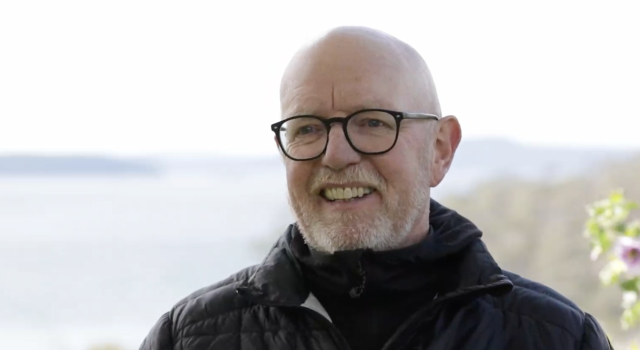
As I listened to Don tell the story of what happened in South Africa and how I saw in it parallels to Tasmania and the forestry issue. Don Beck is a psychologist who had trained in conflict resolution. Late in his career he came across the work of another psychologist called Graves. Graves’ work focussed on looking at people and society through the lens of values they held and how these changed as individuals and groups and even societies adapt culturally in response to our life circumstances and challenges—what Don calls Life Conditions. Graves and Beck talk of 8 stages. These are helpful in allowing people to see behind positions to underpinning values. It’s important to remember that frameworks like this are just frameworks. They help us see reality but are themselves just that a tool not reality. With that caveat in mind let’s look at their thinking.
Graves actually described an ever widening spiral – like a helix – they gave the stages colours to make them easier to talk about in South Africa – and get away from the black and white notion:
• The first is about Survival; satisfying instinctive urges.
• The second I heard Don call Tribal. Concerns with the spirit, ancestors; protection from harm; family bonds.
• The third is about the self -Power/action; asserting self to dominate others; control; sensory pleasure.
• The fourth is about Stability/order; obedience to earn reward later; meaning; purpose; certainty.
• The fifth is about Opportunity and entrepreneurialism /success; competing to achieve results; influence; autonomy.
• The sixth is about Harmony; joining together for mutual growth; awareness; belonging.
• The sevent is about Independence/self-worth; fitting a living system; knowing; good questions.
• The final level they described is about Global community; survival of life on Earth; consciousness.
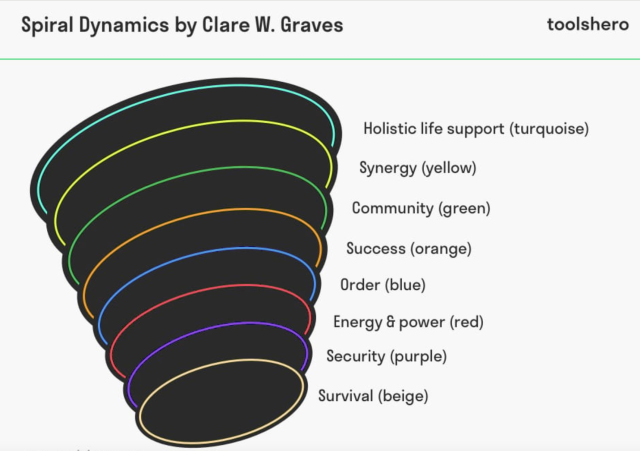
What the idea of the Spiral is always focusing on are the causative dynamics created by the Life Conditions and then the kinds of coping mechanisms and collective intelligences that are forged in response to those conditions. Beck took this thinking to South Africa – off his own bat - and by various means found himself advising three players – Buthelezi, De Klerk and Mandela. His advice to them was simple and profound. He said the issue in South Africa was not about race, about black and white but about cultural values. In a way it was a new lens. One piece of advice to Mandela was to stop talking about black and white, and that if he kept doing that he the Afrikaners would never come peacefully to the table. Instead they had a deep-seated cultural DNA that was about entrepreneurialism – the next step for them was about living in harmony – Mandela had to frame the conversation with them about the value of moving to that next stage. Mandela had to talk to where the Afrikaners were at - about economic security of the new South Africa. This he did and it was no accident that Don was personally thanked in the new South African parliament.
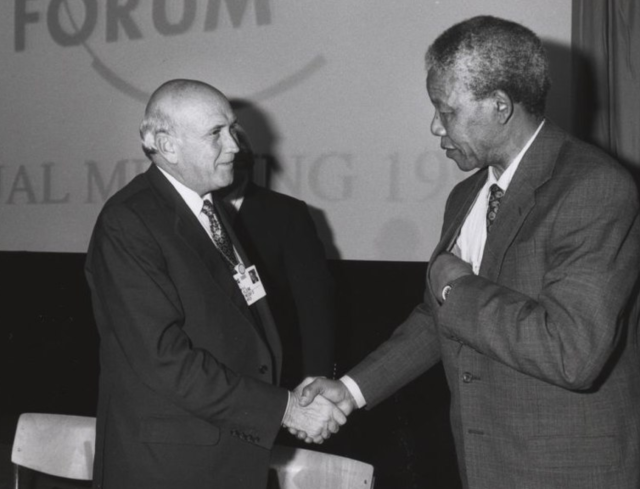
I asked Don what he did and he talked about a number of initiatives – some independent and some overlapping that were taken in South Africa. I want to talk about those in the hope of prompting a discussion of what it might mean in Tasmania.
The first is to map and understand the values that are being played out. What is really behind what people are saying? What is the cultural map of the issue? This is interesting for us – what’s really happening when a contractor talks about forestry or the bush. What’s behind the views of the Still Wild Still Threatened people in the Florentine?
His second insight was that you have to find ways to bring the middle together. He said in South Africa (or read Tasmania) you could see people as being at every position from irreconcilable adversaries (the flame throwers) all the way to people who are only a hairs breadth apart. Beck said the middle was where change came from but they would be attacked viciously by their own if they moved to find middle ground. He said they had to come together, in safety and if necessary in secret to map society and create a future. A story here is worth telling. I once met a young NW Coast Forester on a bush walk. He told me of his concerns with forestry. He also told me that if he said anything inside Forestry Tasmania he’d be finished. Likewise, I heard a member of the environment movement once say that he could not be seen to be moving towards a compromise on forestry or his position would be under threat.
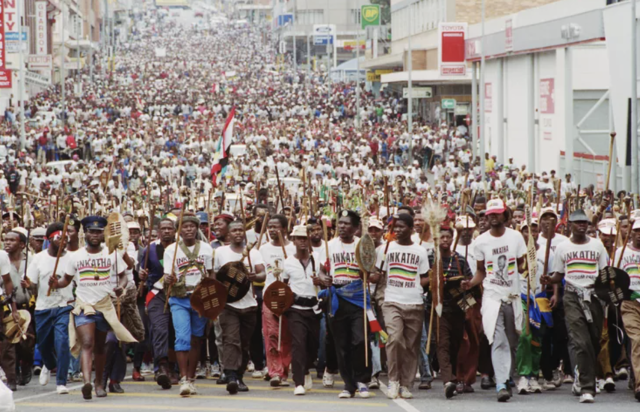
His third insight was the need to then reframe the conversation and initiatives around values not positions. Two things are important here – language and where you start.
• IN South Africa Mandela talked to Afrikaners about their ability to get on and succeed in a new South Africa. IN Tasmania we have two discussions one about forests and one about the bush. It strikes me as interesting. Growing up on a farm on the NW Coast we talked about Bushies and never the forest.
• On the second issue of where you start, Beck points to a law. People don’t skip levels. They move one stage from where they are – My uncle Mafeking Carter (short for Mafeking) was a poacher, trapper, footballer and legendary bushman. He was mates with Ossie Ellis and knew Weindorfer. He built one of the first trapping huts on the vale of Belvoir. He mined for tin. He was famous for his love of the birds and bush. I reckon he might have hated greenies. There would have been no point talking to Maf about Green issues, but talk about the bush and his grandkids and I reckon he might have been there with you.
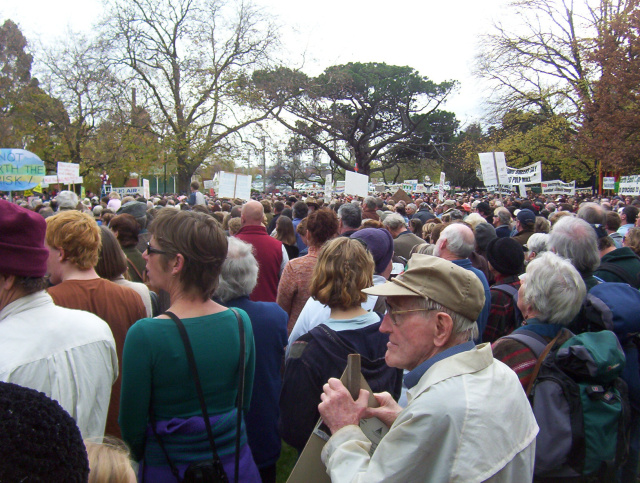
They need to be educated about this, what the words really mean. The word greenie has come to be a pejorative that is wielded with terrible precision. Similarly red neck and Bogan are thrown around with abandon but belittle the reality of where people are at that are characterised in that way. Our community needs to understand what people are doing when they use those words. That they are seeking to divide, to obscure.
So, this I believe is our challenge. To find a way to bring our community to a new place, to find the future we want, to find the common ground that is there already. All it will take is for people of good will, courage and wisdom to start the journey.
Gerard Castles, University of Tasmania. November 3, 2009
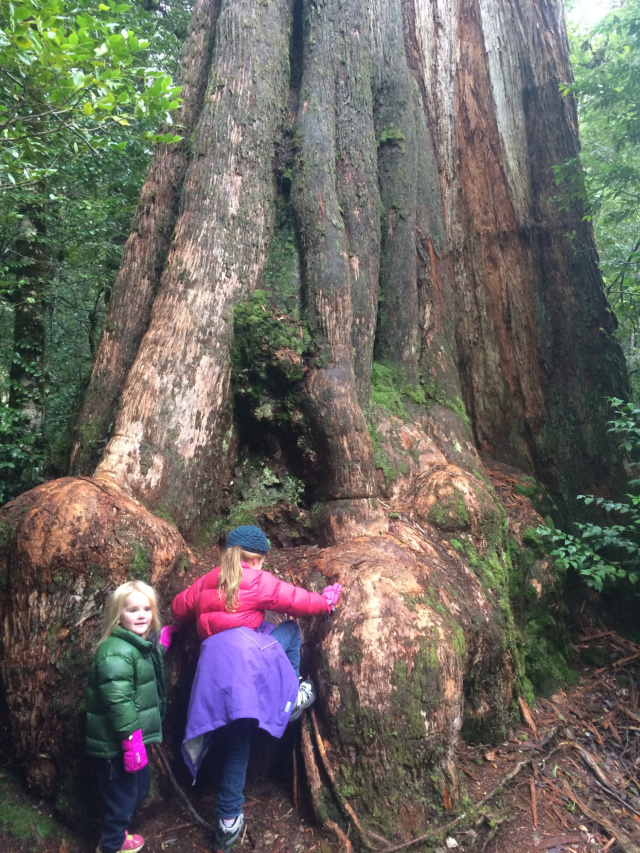
So, this I believe is our challenge. To find a way to bring our community to a new place, to find the future we want, to find the common ground that is there already. All it will take is for people of good will, courage and wisdom to start the journey.

Kuno
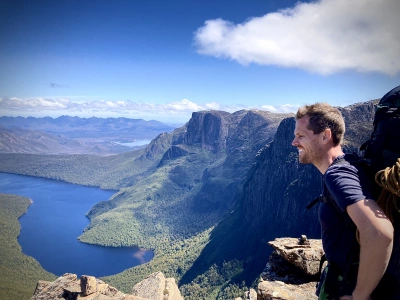
Phill Pullinger
A parable of the broken community that found a way to mend itself
I’m going to draw on a story tonight I first heard told to me a few years ago by a bloke called Don. Don is a big loud Texan. Don told me and about a dozen other people about the story of a broken community that had been split down the middle, that had seen systematic violence, jailings, public debate characterised by hatred, murder and bloodshed. It was a community that despite all this had found a way forward – improbably, against the odds, it has emerged, shakily, but nevertheless emerged and is now finding its way in the world.
That place is South Africa.

As I listened to Don tell the story of what happened in South Africa and how I saw in it parallels to Tasmania and the forestry issue. Don Beck is a psychologist who had trained in conflict resolution. Late in his career he came across the work of another psychologist called Graves. Graves’ work focussed on looking at people and society through the lens of values they held and how these changed as individuals and groups and even societies adapt culturally in response to our life circumstances and challenges—what Don calls Life Conditions. Graves and Beck talk of 8 stages. These are helpful in allowing people to see behind positions to underpinning values. It’s important to remember that frameworks like this are just frameworks. They help us see reality but are themselves just that a tool not reality. With that caveat in mind let’s look at their thinking.
Graves actually described an ever widening spiral – like a helix – they gave the stages colours to make them easier to talk about in South Africa – and get away from the black and white notion:
• The first is about Survival; satisfying instinctive urges.
• The second I heard Don call Tribal. Concerns with the spirit, ancestors; protection from harm; family bonds.
• The third is about the self -Power/action; asserting self to dominate others; control; sensory pleasure.
• The fourth is about Stability/order; obedience to earn reward later; meaning; purpose; certainty.
• The fifth is about Opportunity and entrepreneurialism /success; competing to achieve results; influence; autonomy.
• The sixth is about Harmony; joining together for mutual growth; awareness; belonging.
• The sevent is about Independence/self-worth; fitting a living system; knowing; good questions.
• The final level they described is about Global community; survival of life on Earth; consciousness.

What the idea of the Spiral is always focusing on are the causative dynamics created by the Life Conditions and then the kinds of coping mechanisms and collective intelligences that are forged in response to those conditions. Beck took this thinking to South Africa – off his own bat - and by various means found himself advising three players – Buthelezi, De Klerk and Mandela. His advice to them was simple and profound. He said the issue in South Africa was not about race, about black and white but about cultural values. In a way it was a new lens. One piece of advice to Mandela was to stop talking about black and white, and that if he kept doing that he the Afrikaners would never come peacefully to the table. Instead they had a deep-seated cultural DNA that was about entrepreneurialism – the next step for them was about living in harmony – Mandela had to frame the conversation with them about the value of moving to that next stage. Mandela had to talk to where the Afrikaners were at - about economic security of the new South Africa. This he did and it was no accident that Don was personally thanked in the new South African parliament.

I asked Don what he did and he talked about a number of initiatives – some independent and some overlapping that were taken in South Africa. I want to talk about those in the hope of prompting a discussion of what it might mean in Tasmania.
The first is to map and understand the values that are being played out. What is really behind what people are saying? What is the cultural map of the issue? This is interesting for us – what’s really happening when a contractor talks about forestry or the bush. What’s behind the views of the Still Wild Still Threatened people in the Florentine?
His second insight was that you have to find ways to bring the middle together. He said in South Africa (or read Tasmania) you could see people as being at every position from irreconcilable adversaries (the flame throwers) all the way to people who are only a hairs breadth apart. Beck said the middle was where change came from but they would be attacked viciously by their own if they moved to find middle ground. He said they had to come together, in safety and if necessary in secret to map society and create a future. A story here is worth telling. I once met a young NW Coast Forester on a bush walk. He told me of his concerns with forestry. He also told me that if he said anything inside Forestry Tasmania he’d be finished. Likewise, I heard a member of the environment movement once say that he could not be seen to be moving towards a compromise on forestry or his position would be under threat.

His third insight was the need to then reframe the conversation and initiatives around values not positions. Two things are important here – language and where you start.
• IN South Africa Mandela talked to Afrikaners about their ability to get on and succeed in a new South Africa. IN Tasmania we have two discussions one about forests and one about the bush. It strikes me as interesting. Growing up on a farm on the NW Coast we talked about Bushies and never the forest.
• On the second issue of where you start, Beck points to a law. People don’t skip levels. They move one stage from where they are – My uncle Mafeking Carter (short for Mafeking) was a poacher, trapper, footballer and legendary bushman. He was mates with Ossie Ellis and knew Weindorfer. He built one of the first trapping huts on the vale of Belvoir. He mined for tin. He was famous for his love of the birds and bush. I reckon he might have hated greenies. There would have been no point talking to Maf about Green issues, but talk about the bush and his grandkids and I reckon he might have been there with you.

They need to be educated about this, what the words really mean. The word greenie has come to be a pejorative that is wielded with terrible precision. Similarly red neck and Bogan are thrown around with abandon but belittle the reality of where people are at that are characterised in that way. Our community needs to understand what people are doing when they use those words. That they are seeking to divide, to obscure.
So, this I believe is our challenge. To find a way to bring our community to a new place, to find the future we want, to find the common ground that is there already. All it will take is for people of good will, courage and wisdom to start the journey.
Gerard Castles, University of Tasmania. November 3, 2009

So, this I believe is our challenge. To find a way to bring our community to a new place, to find the future we want, to find the common ground that is there already. All it will take is for people of good will, courage and wisdom to start the journey.
Love what you're reading? Support Kuno donate to support them now
Donate hereYou might like...

On Care for Our Common Home

A place to call home

Life on Earth

Humans and Earth
Newsletter
Sign up to keep in touch with articles, updates, events or news from Kuno, your platform for nature
